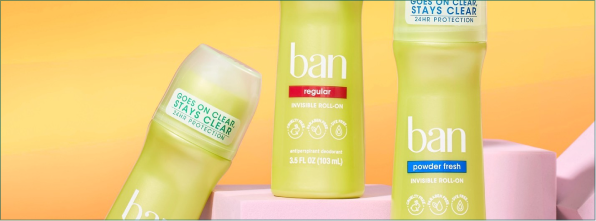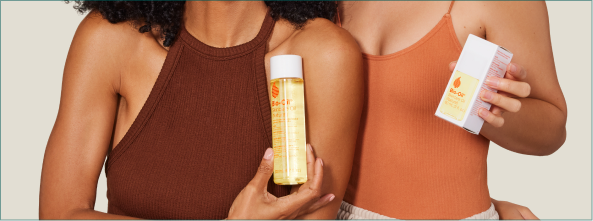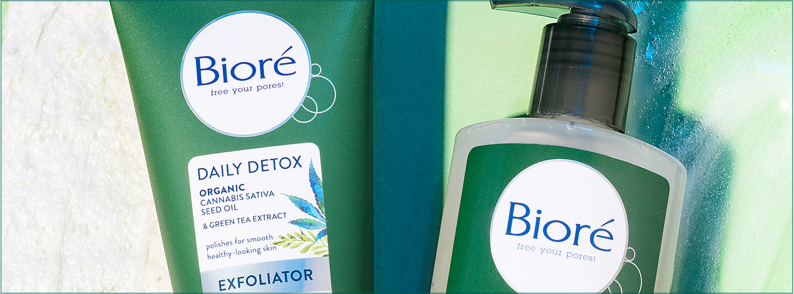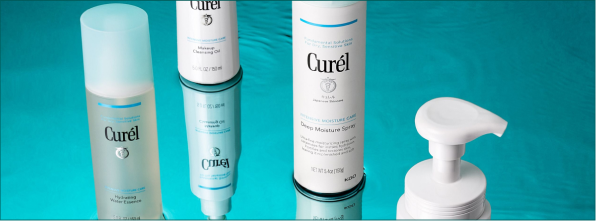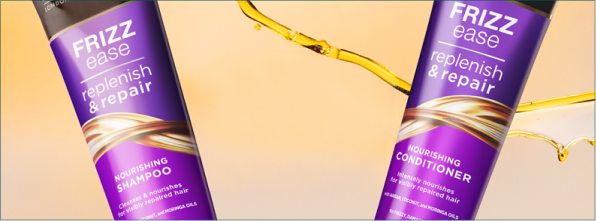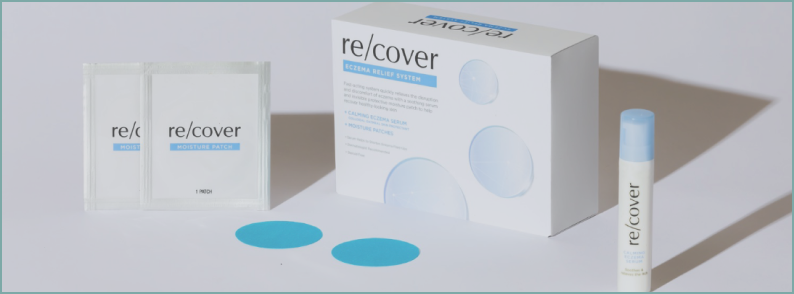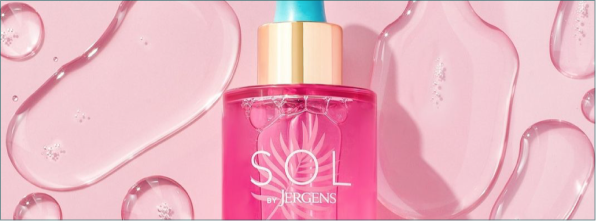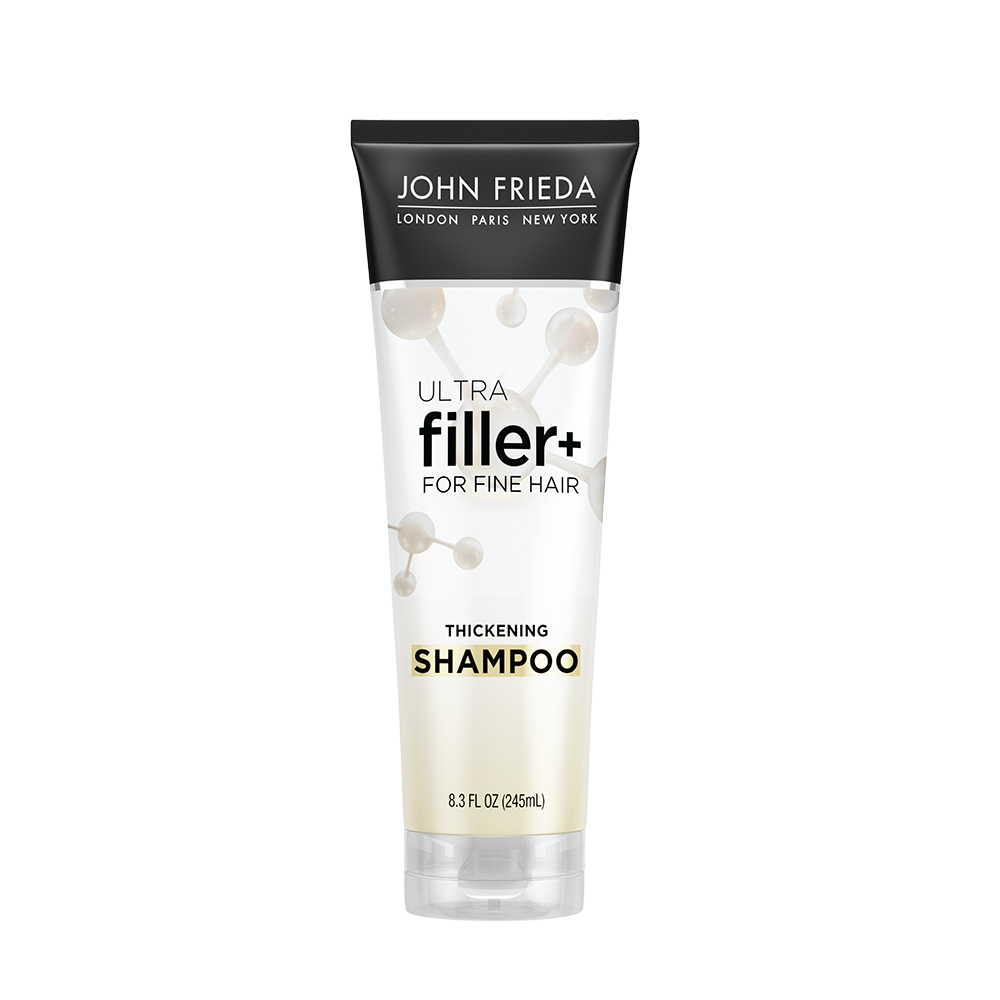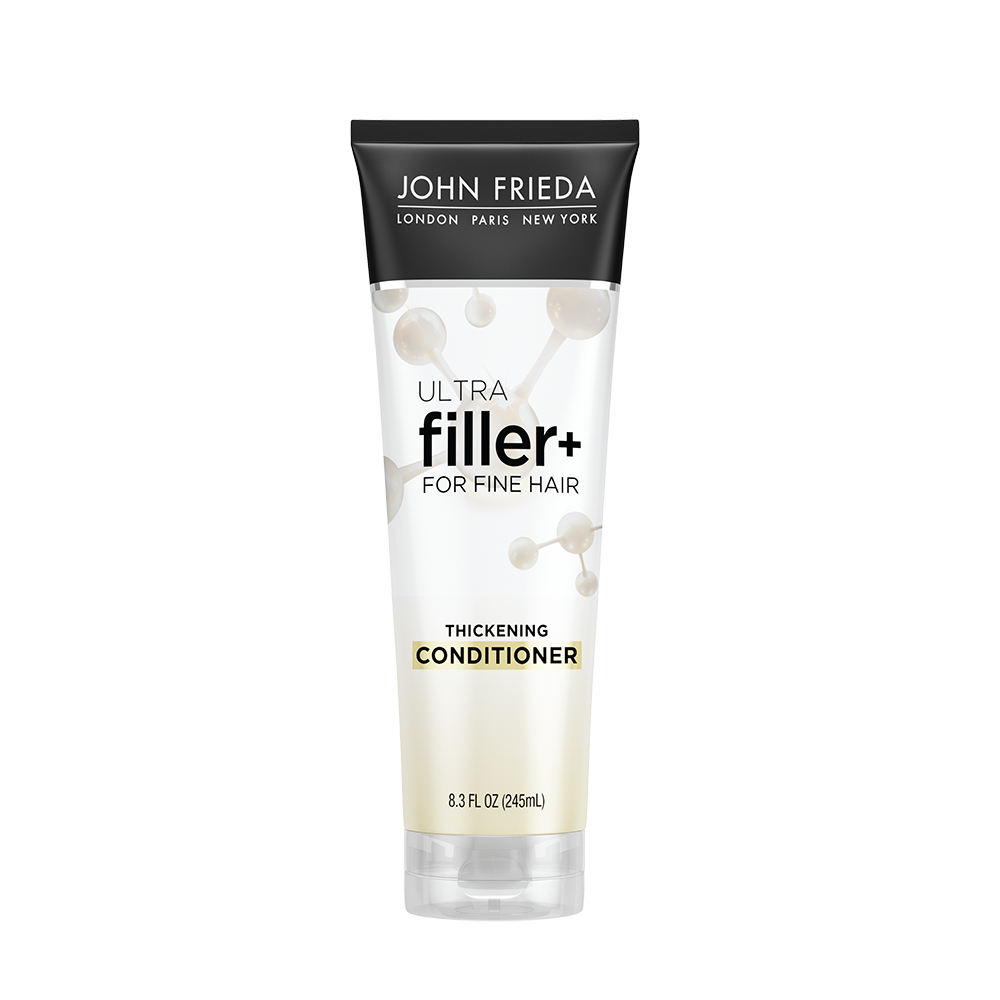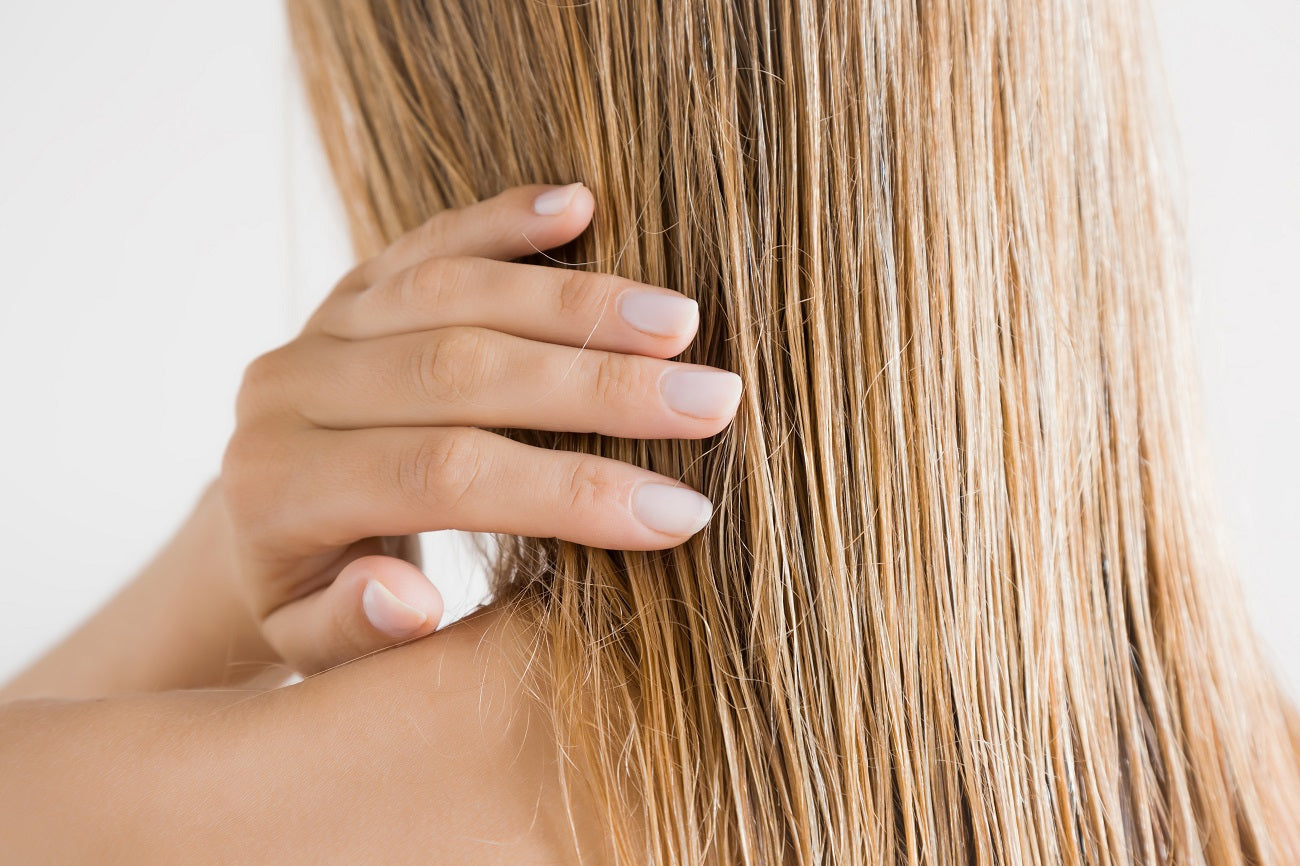WHAT IS HAIR COLOR CORRECTION?

It happened. You tried to lighten your hair at home, and it came out looking even worse than you could have ever imagined. So what do you do now? Fix it with color correction And it’s not as difficult as it may seem. Here’s everything you need to know about color correction for your hair.
WHAT IS COLOR CORRECTION FOR HAIR?
So what is hair color correction, you ask? It’s exactly what it sounds like: fixing the undesirable result of a color job gone wrong. Hair color mishaps can happen to the best of us and for different reasons. But your hair color disaster can easily be fixed in one of a few ways.
Color correction involves either toning out unwanted brassiness, dying your hair darker, or lightening your hair even more to achieve the desired effect. Here’s what you need to know about hair color correction.
Color correction involves either toning out unwanted brassiness, dying your hair darker, or lightening your hair even more to achieve the desired effect.
How Soon Can I Get My Hair Color Corrected?
When a hair color session goes wrong, you’ll likely go into damage control mode. But though you want to fix the splotchy, brassy mess as quickly as possible, you may need to weather the storm for a few weeks to protect the health of your hair.
A professional stylist can help determine how much damage has been done and work with you to come up with a plan to correct the color mishap. If the damage was minor, you may be able to fix it with a quick dye job that can be done immediately. But if your mane is dry and brittle from bleach damage, you might need multiple bleaching and toning sessions spread out over several weeks to get the color right—after you’ve let your locks rest and recuperate for a couple of weeks, that is.
HAIR COLOR CORRECTION METHODS
Color Correction with Bleach
Your strands aren’t just one color. There are many underlying red, yellow, and orange pigments that combine to make your hair the color you see. And if you’ve ended up with an unflattering brassy orange or garish yellow after attempting to lighten your locks with bleach, chances are you didn’t leave the bleach in long enough to lift those unwanted pigments away. (Here’s an orange hair color correction how-to, by the way).
After allowing your mane to recoup from the bleach for a week or so, you can attempt to lighten your hair further. But proceed with caution! Bleach strips your hair of essential proteins and nutrients, and repeated exposure can be very damaging, so give your hair enough time to recover from the first bleach session before trying again. An experienced stylist can help you retain healthy, lustrous hair while still achieving the bombshell blonde you’re after. Make sure to use a restorative hair mask after bleaching again to help protect and restore your bleach-damaged mane.
Check out more blonde hair care tips to help care for your dyed hair.
Bleach strips your hair of essential proteins and nutrients, and repeated exposure can be very damaging, so give your hair enough time to recover from the first bleach session before trying again.
Color Correction with Toner
Hair toner is used to adjust the shade of brassy tones, turning your locks a cooler blonde or light brown. The color toner you should choose depends on which brassy shade your bad bleach job has left you with.
One form of hair toner is in shampoos and conditioners. If your hair has come out more yellow, you’ll need a purple toner or purple shampoo. If your mane is oranger than you were hoping, you’ll need a toner with blue shades like a blue shampoo.
Color Correction with Dye
Often the least damaging and best color correction for bleached hair or hair that is too light is to dye it darker. A good stylist will first “fill” your hair to insert pigment back into your strands and give them warmth and prevent your end color from appearing flat and muddy. A second dye session will bring your mane to the color you desire and provide depth.
Bleach happens. Luckily, there’s always a solution. Now go rock that perfect color! Check out more John Frieda hair color tips here.
HOW TO CHOOSE A HAIR COLOR CORRECTION SOLUTION
For yellow or orange brassy tones:
The key to fixing brassy tones is to look at the color wheel. The color opposite of the color of your brassy tones will be key to combatting the unwanted brass. So for yellow tones, look for a purple toner. For orange brassy tones, choose a blue toner. If there’s a green tint to your hair, red toner will work best. Toners come in many forms, and one of the most common at-home methods is to use a pigmented shampoo or conditioner. You can also get toning done at a salon with a stronger version of hair toner, but make sure to let a professional do that work.
For ashy tones:
You may have colored your hair hoping to acheive a warm blonde, but you’ve been left with an ashy blonde instead. While cool tones can be a coloring goal, that might not be the case for you. In order to add more warmth and combat those ashy tones, shades of red, orange, and yellow can help. Try a red toner to bring out those warmer tones.
For patchy dye jobs:
If you’ve been left with a dye job that is streaky, splotchy, or patchy, you can first try using hair toner or clarifying shampoo to even out the color. However, the most effective and least damaging solution might be to dye your hair again, this time in a darker shade.
For too dark or too light hair colors:
For hair colors that are too dark for your liking, another round of bleach might be the solution for you in order to allow your hair to take on a lighter color. Just make sure to wait a few weeks after your first color session to give your hair time to recover. You can also try lightening shampoos, conditioners, or sprays.
For hair that is too light, dying it darker is a simple solution and won’t damage your hair as much as more bleach would. The good news is that darker colors are easier to apply on lighter hair, so you should be able to acheive the shade you’re looking for in no time. There are also many at-home options for darker hair dye that you can use to fix a dye job too light for your liking.
As always, just make sure to give your hair time to rest and recuperate in between sessions and be patient with the color correcting process.
Bleach happens. Luckily, there’s always a solution. Now go rock that perfect color! Check out more John Frieda hair color tips here.
